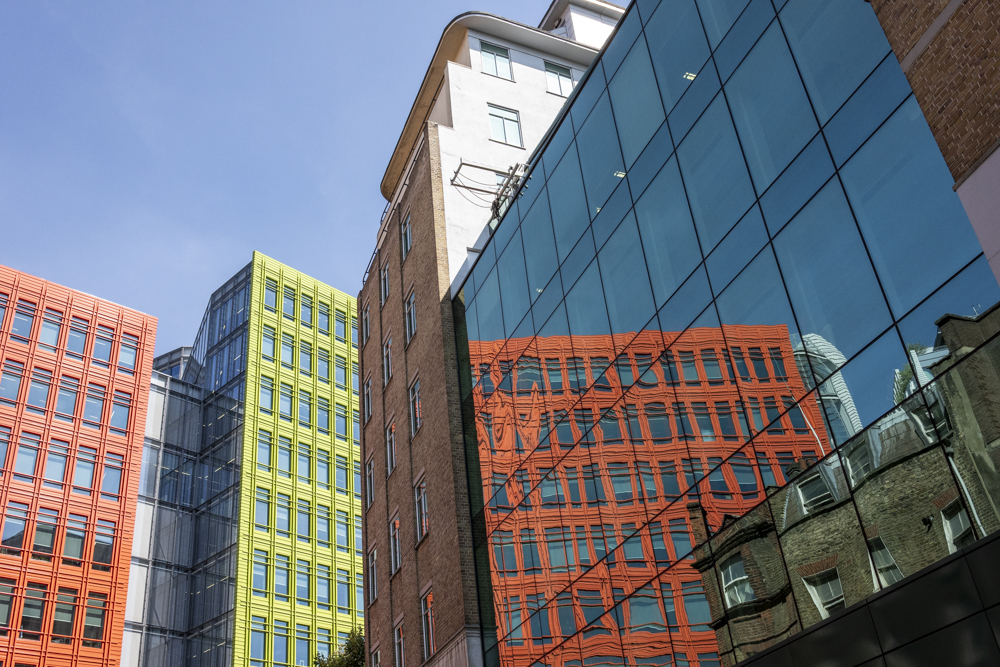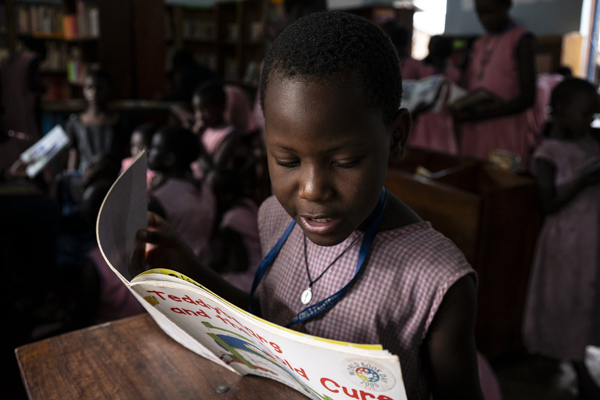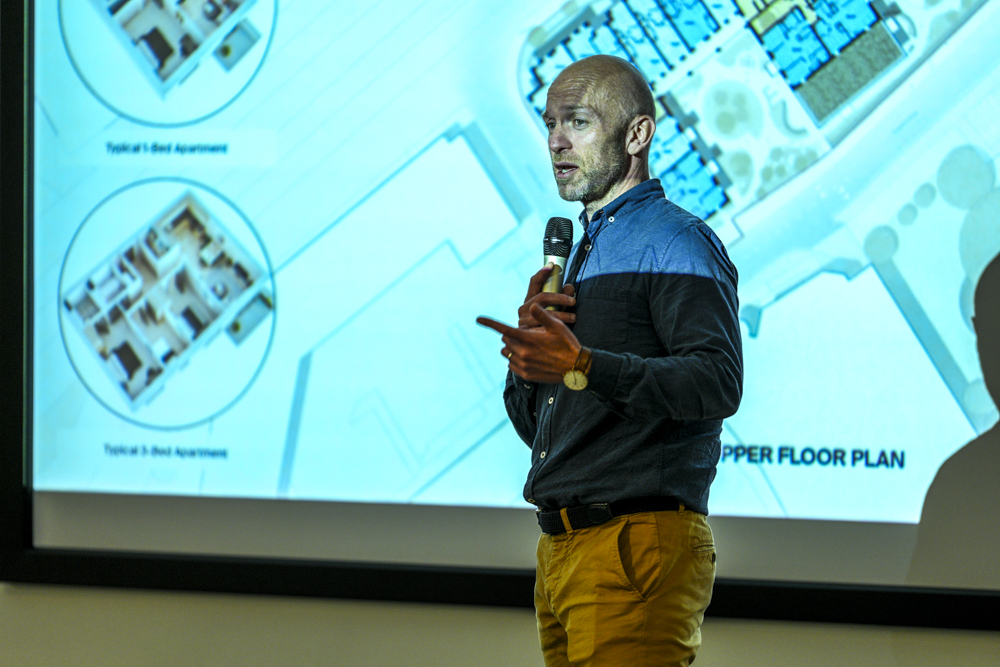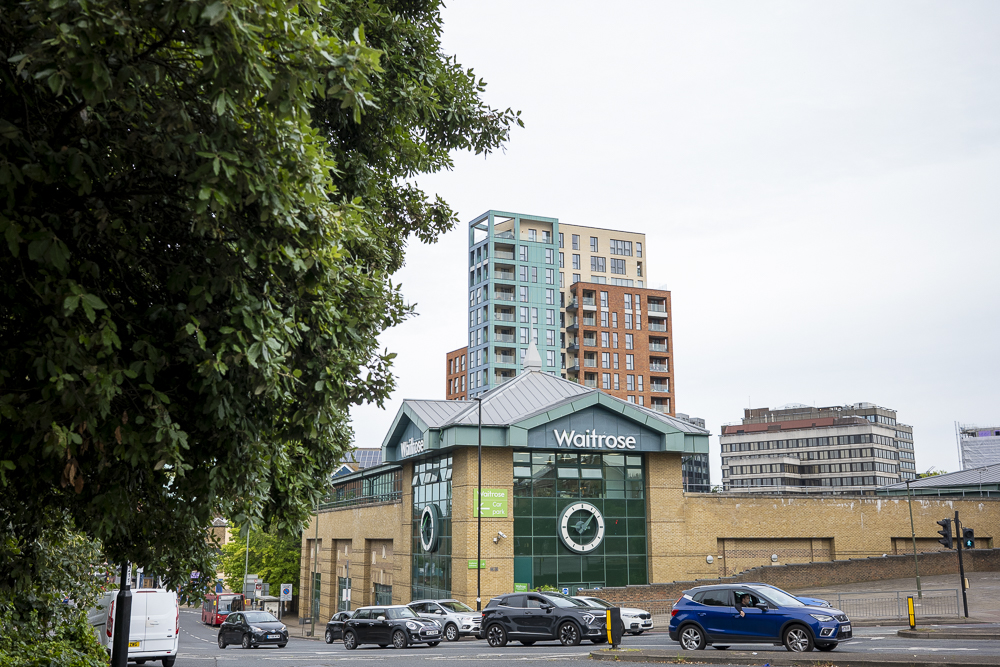
Building Trust Through Photographic Narratives: The Power of Visual Storytelling
Trust isn’t just a nice-to-have in business—it’s essential. Employees want to believe in the values of the organisation they represent. External audiences—investors, customers, and the wider public—need to feel confident in their decisions when engaging with a brand.
Whether it’s ethical business practices, sustainability initiatives, or corporate culture, trust is the foundation of all successful business relationships. It is also the primary objective of corporate communications activities.
But in an era of information overload, how do organisations cut through the noise and build genuine trust with their stakeholders?
“Trust is the glue of life. It’s the most essential ingredient in effective communication. It’s the foundational principle that holds all relationships.“
Stephen Covey
How Do Companies Build Trust?
A recent Harvard Business Review article identifies three core drivers of trust:
- Authenticity – Do people believe they are seeing the real you?
- Logic – Do they trust your judgment and competence?
- Empathy – Do they feel that you care about them?
Annual reports, press releases, and mission statements attempt to communicate these qualities. However, they often lack one crucial element: impact.
The Power of Photographic Storytelling
So, how can companies communicate these principles more effectively?
The answer lies in photographic narratives and visual storytelling—combining imagery and stories to create a more powerful, memorable message.
Humans are wired for stories. Our brains process images in just 13 milliseconds, and research shows that visual stories are significantly more memorable and persuasive than text alone.
This makes photographic narratives one of the most effective ways for organisations to build trust.

Photographic Narratives In CSR and Sustainability Communications
For businesses investing in corporate social responsibility (CSR) or sustainability initiatives, stakeholders need to see tangible proof that these efforts make a difference.
Documentary photography is a powerful tool for capturing authentic, unscripted moments. It shows real people in real situations and real impact.
Well-crafted photographic narratives can:
Showcase real moments – No staged or stock photos—just true representations of people, places, and events.
Capture emotion and impact – A single image of an employee celebrating a milestone or a community benefiting from an initiative tells a story words alone cannot.
Strengthen credibility – People trust what they can see. When a business visually documents its processes, people, and values, it demonstrates transparency.
Case Study: Computers for Schools in Africa
“A young student in Ghana, eyes wide with excitement, sits at a newly donated computer, their fingers hesitantly tapping the keyboard. In this single frame, we see more than a donation—we see opportunity, progress, and the direct impact of an initiative in action.”
This is the power of documentary photography. It doesn’t just tell people what’s happening, it shows them.
For organisations involved in corporate social responsibility (CSR) or sustainability initiatives, photo stories provide tangible proof that efforts are making a difference.
Rather than relying on written reports that may go unread, a well-crafted photographic narrative ensures that the message reaches people instantly, fostering both credibility and trust.

The Problem with Stock Images
Many companies unintentionally undermine trust by using generic stock photography in reports and communications, especially in areas like sustainability, CSR, and diversity.
For example, a company claiming to champion diversity but that uses generic stock images to illustrate this – the same images that appear on countless other websites – risks creating a disconnect between brand messaging and reality.
Stock images may seem convenient and cost-effective, but they can damage credibility and trust in the long run.
The Case For Bespoke Photographic Narratives
Paid-for stock library images are used because they are deemed to be convenient and cheap. But, those who use them likely don’t consider the potential damage to the company’s reputation that could cost far more in the long term.
A failure to use genuine photographs can lead to confusion and at worst, derision. The consequences of using inauthentic visuals can be far-reaching and include:
Loss of credibility – Employees, investors, and customers notice when images don’t match reality.
Missed emotional connection – Stock photos rarely capture the true energy and culture of a business.
Reputational damage – Particularly in areas like sustainability and diversity, misleading imagery can result in public backlash.
In contrast, authentic documentary photography ensures that every image is unique, personal, and aligned with the company’s values.
Building Trust Through Photography and Visual Photo Stories
A Psychology Today article highlights that stories put people into a more open mental state, making them more receptive to messages. In a business context, this means that photo stories don’t just communicate—they persuade, engage, and inspire.
A study by MIT found that the brain can process an image in just a fraction of a second. Meanwhile, research from the Bonn Institute warns that people might ignore written reports or tune out presentations, but they cannot unsee an image once it’s published.
This underscores the influence of visual storytelling in shaping perceptions and emphasises that companies should be building trust through photography.
The Role of Photographic Narrative in Business Communication
Organisations can use photographic storytelling to build trust in multiple ways, including:
- Employee Engagement – Showcasing real people in their work environment builds trust and strengthens company culture.
- Investor Relations – Documenting real-world impact reassures investors that their money is being put to good use.
- Sustainability & CSR Reporting – Authentic images demonstrate that initiatives are more than just corporate jargon.
- Recruitment & Employer Branding – A true-to-life photographic narrative attracts talent that aligns with the company’s values.
- Marketing & Brand Storytelling – Photo stories create emotional connections with customers and clients.

Why Documentary Photography?
Documentary photography is about creatively capturing events as they happen to convey the energy, emotion and atmosphere as authentically as possible.
Through photographic storytelling, we can take people to see people and places that they might not experience for themselves. They get to share the experience through the visual stories we create.
With documentary photography, it’s possible to capture authenticity and empathy and build trust with the audience. Authentic photographs don’t require people to pose and ‘hold still. They capture the reality of a company’s operations, which means that stakeholders feel they are seeing an honest representation.
You can try to build trust with words alone in an email or report but if people don’t take the time to read those words then trust isn’t being built.
Does Your Organisation Use Impactful Photo Stories to Build Trust?
If your organisation is still relying on stock images that don’t reflect your reality, or if your reports lack the human connection needed to engage and inspire, it’s time for a change. Get in touch with us today to discuss building trust through photography for your brand or organisation.
At Clarity, we specialise in documentary photography and video, helping organisations create authentic, visually compelling stories that build trust and credibility with employees, investors, and the wider public.
Let’s explore how photo stories can enhance your brand’s reputation and strengthen your communications. We’d love to help your organisation tell its story with impact.



